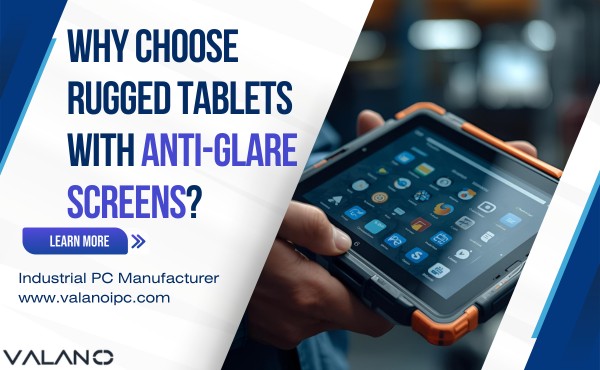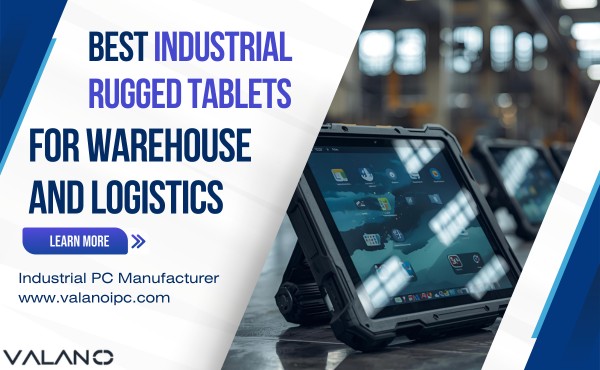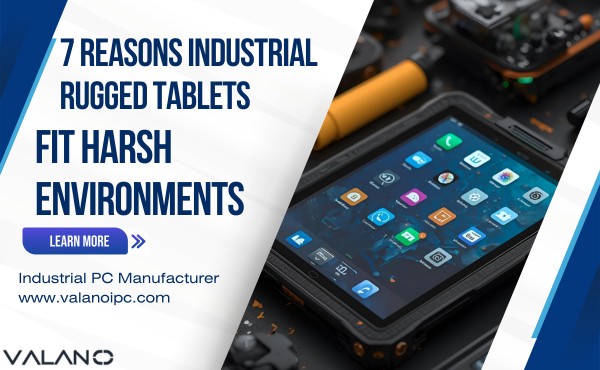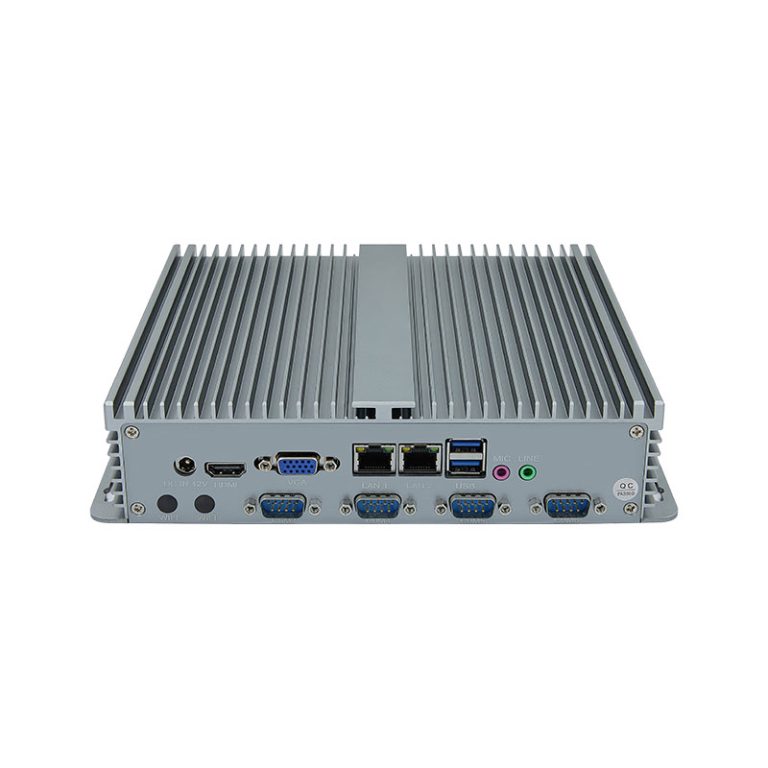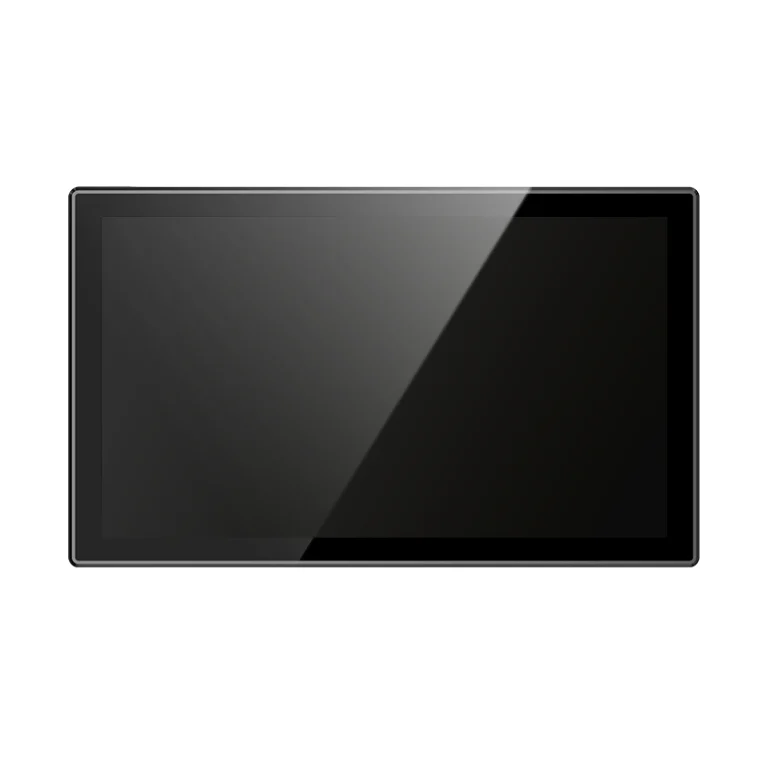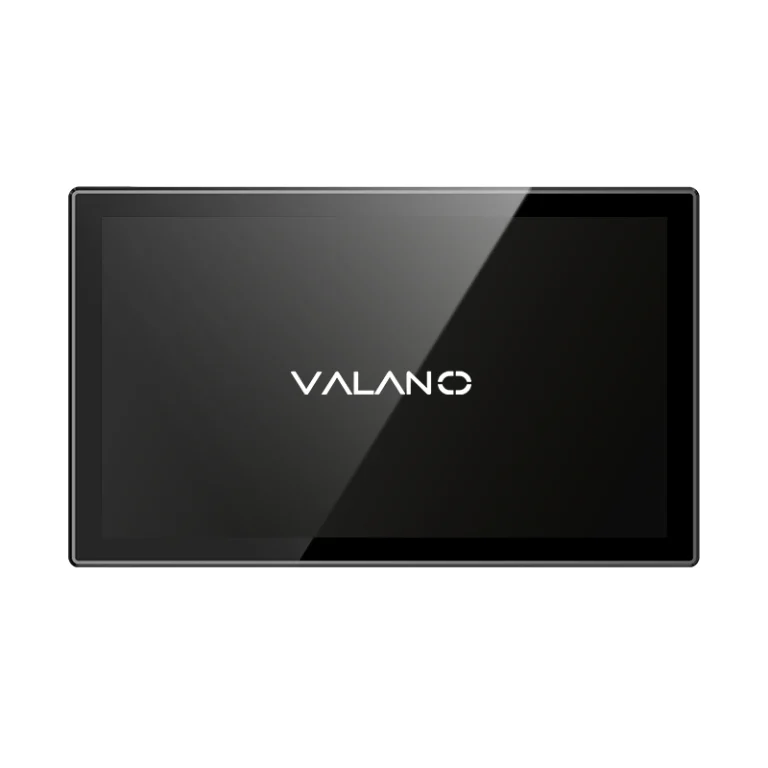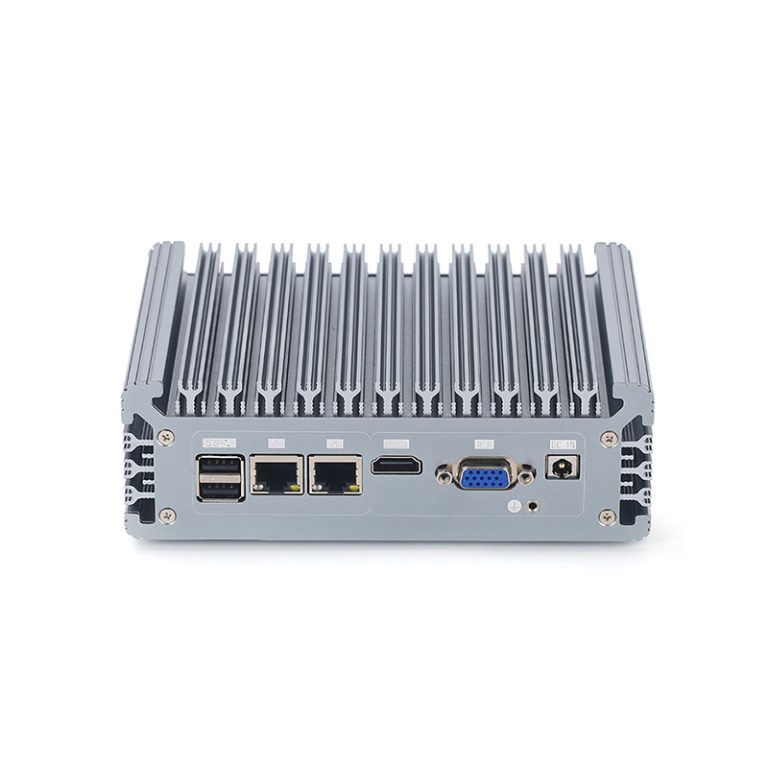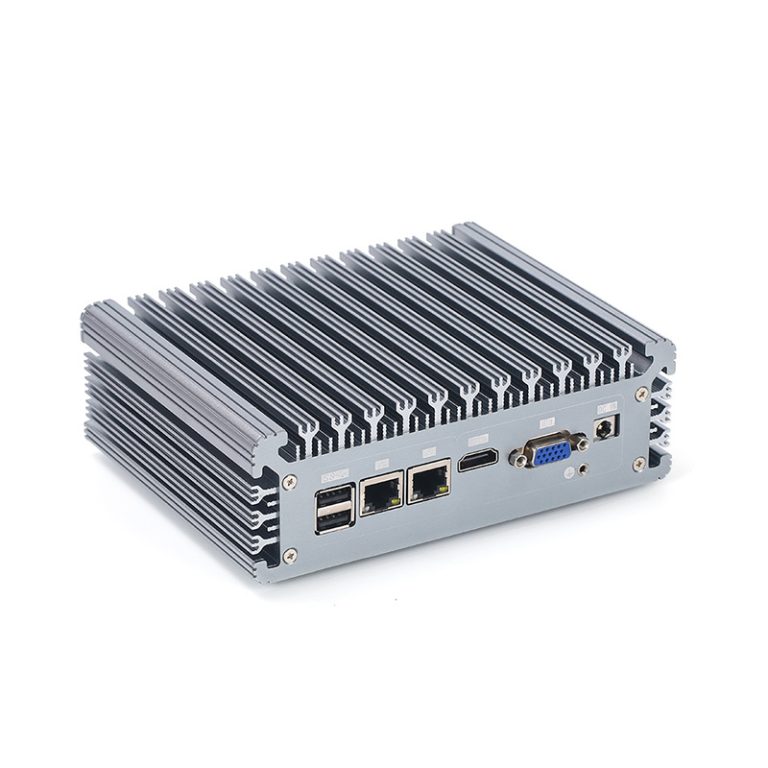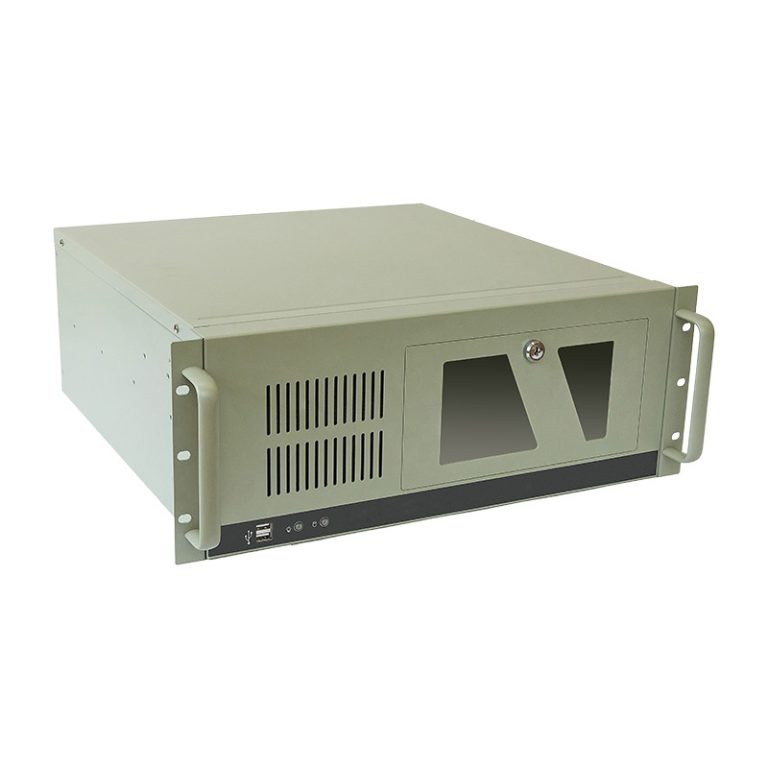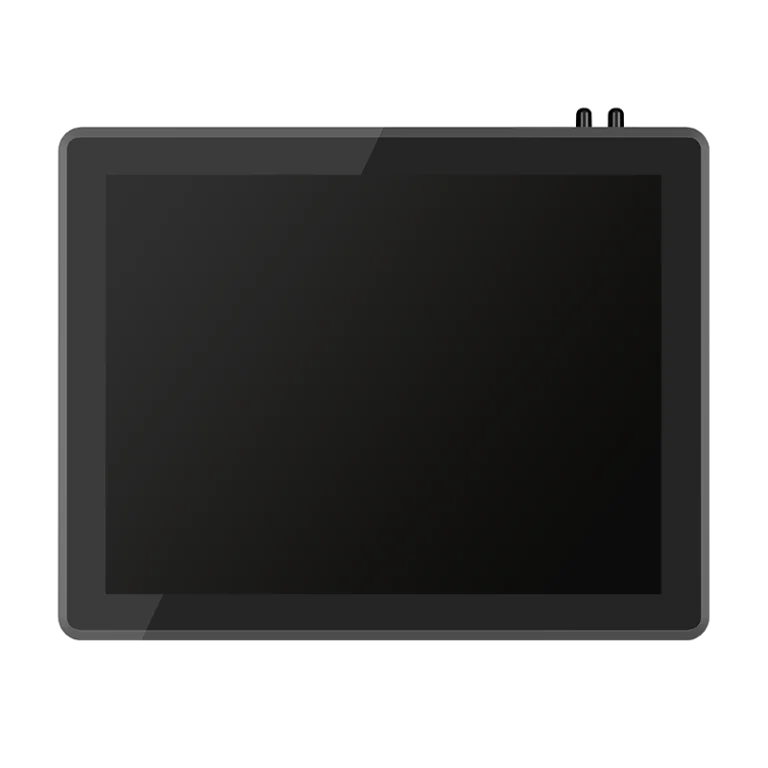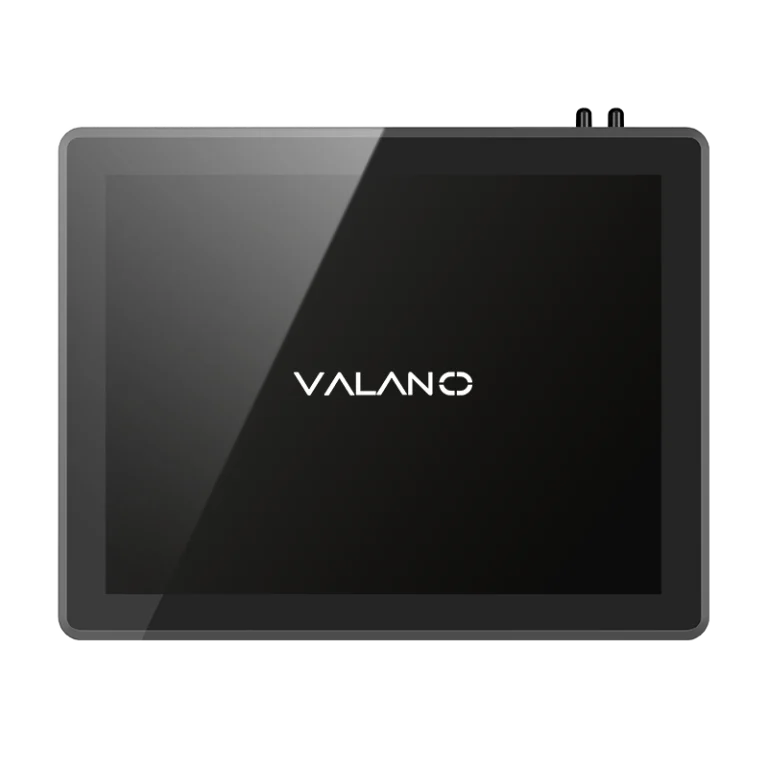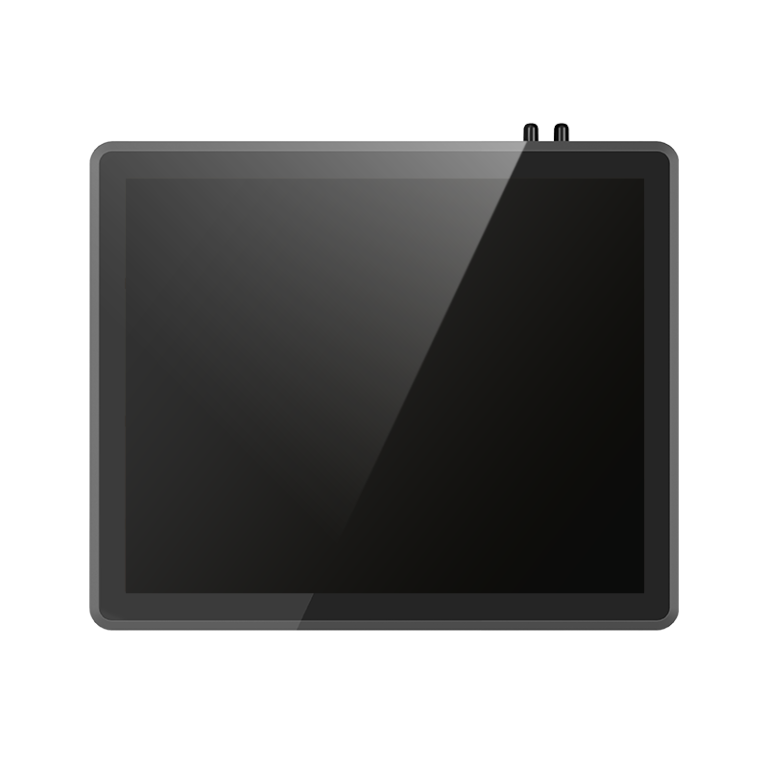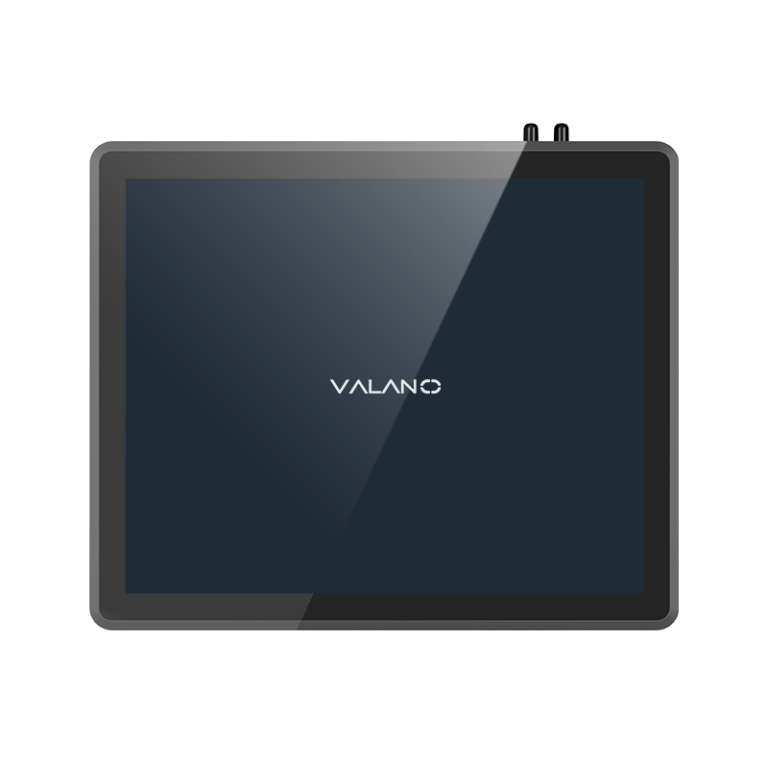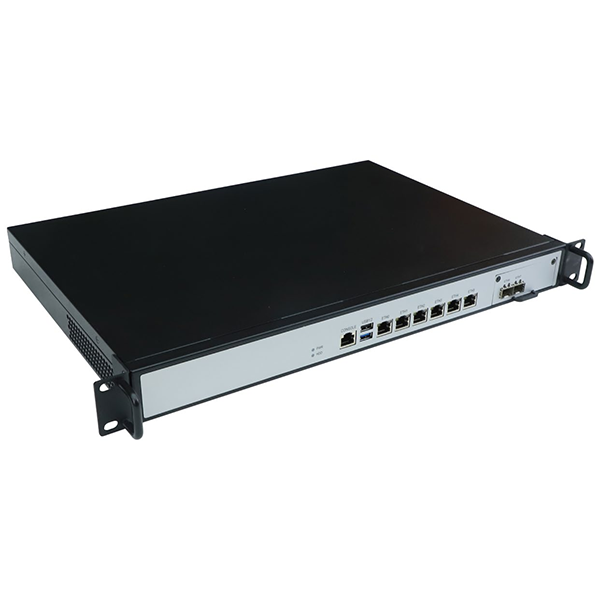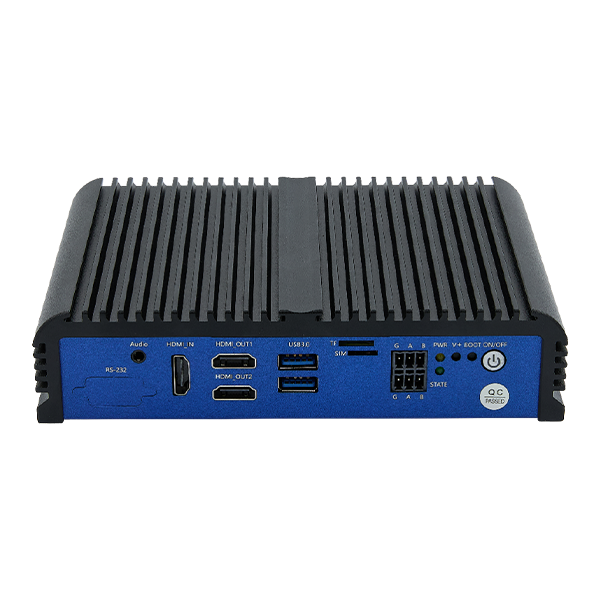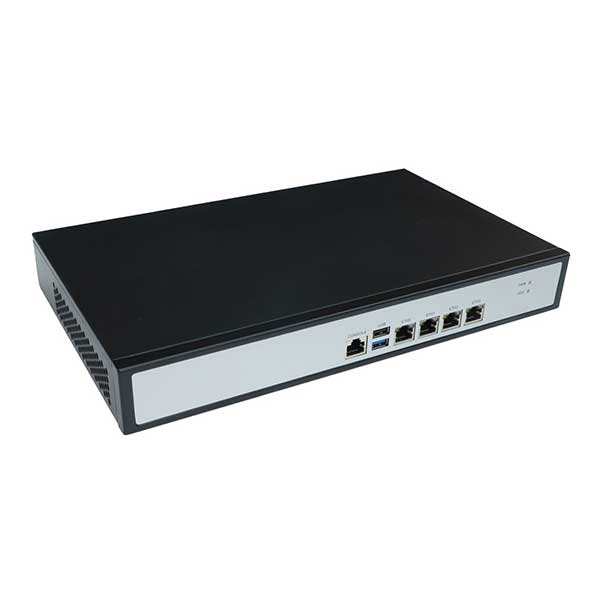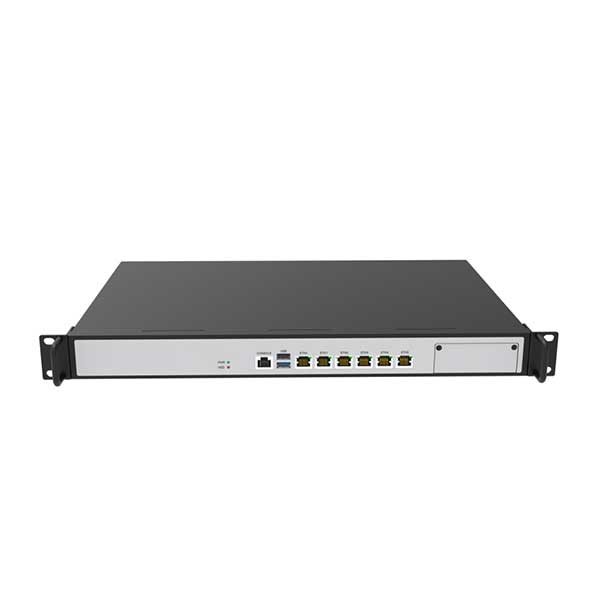Industrial computers often operate in dusty, wet, or outdoor environments. Choosing the right IP rating—such as IP65 or IP67—is essential to ensure reliable performance and long-term durability. IP65 protects against dust and low-pressure water jets, while IP67 offers complete dust resistance and temporary water submersion protection. Understanding these waterproof standards helps buyers select the best system for their industrial needs.
Understanding the IP Rating System
What is IP?
The term “IP” stands for ingress protection. This system uses two digits to show how well enclosures guard against dust and water. The first digit shows the level of dust protection, while the second digit shows water ingress protection.
A higher first digit means better defense against solid particles. A higher second digit means stronger resistance to water. These numbers help users compare the ingress protection ratings of different devices.
How Do Products Get an IP Rating?
Manufacturers test enclosures to see how well they block dust and water. They follow strict procedures set by international standards. After testing, the product receives a rating that shows its level of protection.
The certification process checks if the enclosure meets the requirements for each digit. For example, a rating of 6 for dust means the enclosure is dust-tight. A rating of 7 for water means the enclosure can handle temporary submersion.
IP Ratings and Computer Selection
Industrial computers often work in tough places. Choosing the right IP rating helps protect equipment from damage. Users should look at the environment and pick enclosures with ratings that match their needs.
A table can help compare common IP ratings:
| IP Rating | Dust Protection | Water Protection |
|---|---|---|
| IP65 | Dust tight | Low-pressure water jets |
| IP67 | Dust tight | Temporary submersion in water |
Selecting the correct ingress protection ratings keeps computers running longer. It also reduces repair costs and downtime. Understanding IP ratings gives buyers confidence when choosing industrial computers.
IP65 Standard Explained
Meaning of IP65IP65
The IP65 rating shows that a device has strong protection against dust and water. The first digit, 6, means the enclosure is dustproof and blocks all solid particles. The second digit, 5, means the device can resist water jets from any direction.
Dust and Water Resistance
Devices with IP65 can operate in places with heavy dust and moisture. They keep out dust and handle low-pressure water jets, such as those from cleaning hoses. These water resistance capabilities make them suitable for many industrial settings.
Advantages and limitations
IP65 computers offer reliable protection for most industrial tasks. They reduce the risk of damage from dust and water, which helps lower maintenance costs. However, they cannot survive full submersion in water, so users should avoid using them in areas with flooding or deep water.
| Feature | Advantage | Limitation |
|---|---|---|
| Dustproof | Blocks all solid particles | Not for chemical vapors |
| Water Resistance | Handles water jets | Not for underwater use |
| Durability | Withstands tough cleaning | Limited against immersion |
IP67 Standard Explained
Meaning of IP67 IP67
The IP67 rating shows a high level of protection for industrial computers. Devices with IP67 ratings use enclosures that are both dustproof and waterproof. These enclosures meet strict standards for keeping out dust and water.
Dust and Water Resistance
IP67 rated enclosures block all dust and protect against temporary submersion in water. The first digit, 6, means the enclosure is completely dustproof. The second digit, 7, means the device can stay underwater for up to 30 minutes at a depth of one meter.
IP67 rated enclosures work well in places with heavy dust and frequent water exposure. Many factories and outdoor sites use these enclosures to keep computers safe. The high IP rated enclosure design helps prevent damage from water and dust.
Advantages and limitations
IP67 rated enclosures provide a high level of protection for sensitive equipment. They are water resistant and dustproof, making them ideal for harsh environments. These enclosures can handle cleaning with water jets and even accidental drops into water.
| Feature | Advantage | Limitation |
|---|---|---|
| Dustproof | Blocks all dust | Not for long-term submersion |
| Waterproof | Handles temporary submersion | Not for deep water pressure |
| Durability | Protects in tough conditions | May cost more |
IP67 rated enclosures help reduce downtime and repair costs. They keep computers running even when exposed to water or dust. Users should choose IP67 rated enclosures when they need strong water protection and dust resistance.
IP65 and IP67 Overview
IP65 Rating Explained
The IP65 rating comes from the IEC 60529 standard. This standard sets rules for how enclosures protect devices from dust and water. The first digit in the IP rating shows dust protection, while the second digit shows water protection.
Enclosures with an IP65 rating are dust-tight. They block all solid particles from entering. These enclosures also resist low-pressure water jets from any direction.
Many factories use IP65 rated devices for their strong water ingress protection. Workers can clean these enclosures with hoses without damaging the equipment. The IP65 rating ensures the device stays safe in dusty and wet environments.
IP67 Standard
The IP67 rating also follows the IEC 60529 standard. Enclosures with this rating offer complete dust protection. They keep out all dust and solid particles.
IP67 enclosures provide higher water protection than IP65. These enclosures can handle temporary submersion in water up to one meter for thirty minutes. The IP67 rating makes them ideal for places with frequent water exposure.
Factories and outdoor sites often choose IP67 enclosures for sensitive equipment. These enclosures help prevent damage from dust and water. The IP67 rating gives users confidence in tough conditions.
| Feature | IP65 Rating | IP67 Rating |
|---|---|---|
| Dust Protection | Dust-tight | Dust-tight |
| Water Protection | Low-pressure water jets | Temporary submersion (1m, 30 min) |
| Use Case | Cleaning, splashes | Flooding, accidental immersion |
The IP65 and IP67 ratings both offer dust-tight enclosures. IP65 is best for dust and low-pressure water jets. IP67 is better for dust and temporary submersion in water.
Choosing the Right IP Rating
Application Factors
Industrial environments can differ greatly. Some areas have high dust levels, while others face frequent water exposure. Workers must consider the specific risks in their workspace before selecting industrial computers.
Temperature changes, cleaning routines, and the presence of chemicals also affect the choice. For example, food processing plants often use strong water jets for cleaning. Outdoor sites may experience rain or accidental water spills.
The type of work performed in the area matters. Assembly lines may need computers that resist dust but not full immersion. Construction sites might require waterproof devices that can handle both dust and temporary submersion.
Selection Guide
Selecting the right IP rating involves a few clear steps. First, identify the main sources of dust and water in the environment. Next, decide if the computers will face direct water jets or possible submersion.
Use the table below to compare options:
| Environment Type | Recommended IP Rating |
|---|---|
| Dusty, dry | IP65 |
| Dusty, frequent cleaning | IP65 |
| Wet, risk of immersion | IP67 |
| Outdoor, unpredictable | IP67 |
If the workspace only has dust and occasional splashes, IP65 usually provides enough protection. If there is a chance of dropping equipment into water or working in wet conditions, IP67 offers better waterproof safety.
Industrial managers should review cleaning methods and accident risks. They should also check if the computers will move between different industrial zones. Matching the ip rating to the real-world conditions helps protect industrial computers and ensures long-term performance.
The main difference between IP65 and IP67 waterproof standards is the level of water protection. Industrial computers with IP65 and IP67 ratings both block dust, but only IP67 devices can handle temporary submersion.
- Workers should match the IP rating to the risks in their environment.
- They need to review cleaning methods and exposure to water before choosing between IP65 and IP67.
Conclusion
Both IP65 and IP67 industrial computers deliver strong protection against dust and water, but they differ in water resistance levels. IP65 is ideal for dusty environments with light moisture, while IP67 suits wet or outdoor conditions where temporary immersion may occur. Selecting the right IP rating reduces equipment failure, minimizes downtime, and ensures reliable operation in any industrial setting.







